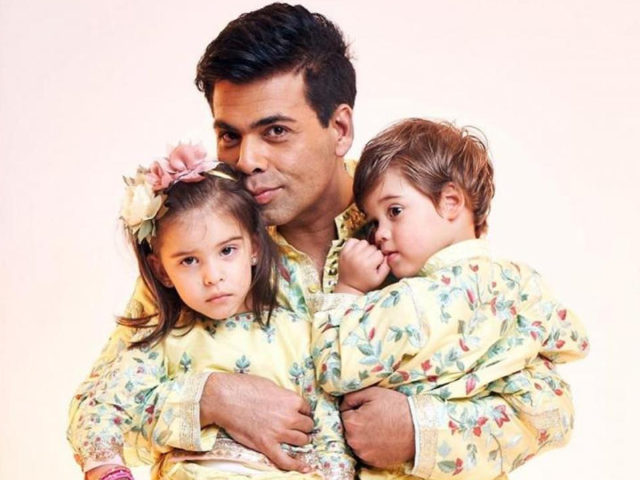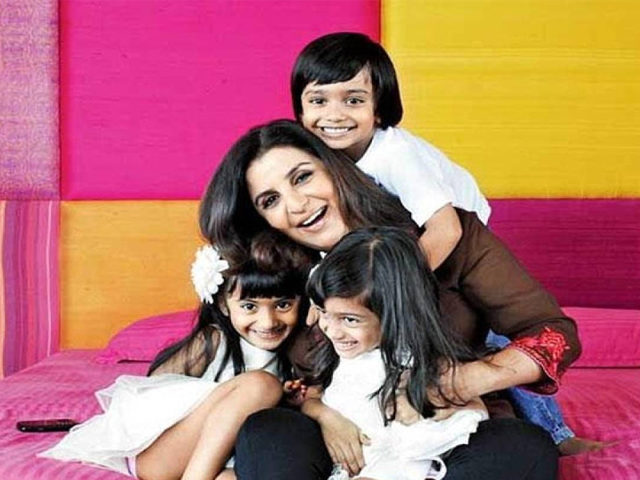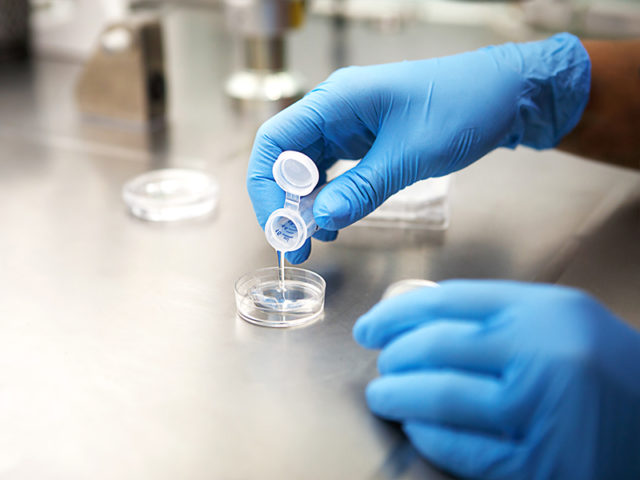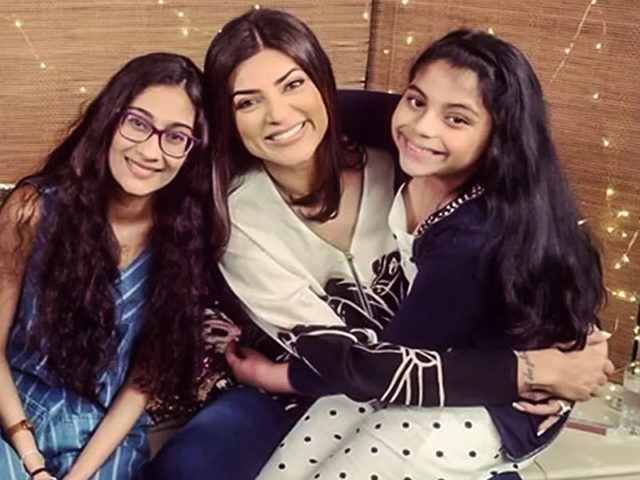It is said that you become a parent not when you conceive a baby but when you welcome one into your life. Today, fertility issues are hindering several couples’ dreams to have a baby. And while trying for natural conception with the help of experts should absolutely be on your list, there are other ways you can bring home a bundle of joy.

On 18th November 2021, actress Preity Zinta announced on Instagram that she has had twins via surrogacy. She wrote, “Hi everyone, I wanted to share our amazing news with all of you today. Gene & I are overjoyed & our hearts are filled with so much gratitude & with so much love as we welcome our twins Jai Zinta Goodenough & Gia Zinta Goodenough into our family. We are very excited about this new phase in our lives. A heartfelt thank you to the doctors, nurses and to our surrogate for being part of this incredible journey. Loads of love and light – Gene, Preity, Jai & Gia”.
To celebrate the endless possibilities of parenthood for each and every one, TC46 sheds light on alternate ways to conceive if natural conception is not a possibility.
5 Alternate Ways To Become A Parent
1. Surrogacy

From Karan Johar to Ekta Kapoor, several celebrities have embraced surrogacy and become parents to their children via this alternate method. There are two types of surrogacy.
- A gestational carrier carries a pregnancy for an individual or couple using an egg that is not the carrier’s. The egg may come from either the intended mother or a donor. Likewise, sperm may come from the intended father or a donor. Pregnancy is achieved through in vitro fertilization (IVF).
- A traditional surrogate both donates her own egg and carries a pregnancy for an individual or couple. The pregnancy is usually achieved through intrauterine insemination (IUI) with sperm from the intended father. Donor sperm may also be used.
2. IVF

In Vitro Fertilization (IVF) describes a technique where a woman’s eggs and man’s sperm are combined in a special laboratory in order to create an embryo(s). Depending on the diagnosis of the woman, an embryo or embryos are transferred to the woman’s uterus through her cervix to enhance the chances of pregnancy.
Celebs like Farah Khan, Aamir Khan have used IVF to fulfil their dream of bringing home a baby.
There are five steps involved in IVF:
- Stimulation: You’ll receive fertility drugs to increase the number of eggs your body produces. During this time, your doctor will perform regular blood tests and ultrasounds to monitor the production of eggs and to let your doctor know when to retrieve them.
- Egg Retrieval: It’s a surgical procedure performed with anesthesia. Your doctor will use an ultrasound wand to guide a needle through your vagina, into your ovary, and into an egg-containing follicle. The needle will suction eggs and fluid out of each follicle.
- Insemination: The male partner will now need to give a semen sample. A technician will mix the sperm with the eggs in a petri dish. If that doesn’t produce embryos, your doctor may decide to use ICSI.
- Embryo Culture: Your doctor will monitor the fertilized eggs to ensure that they’re dividing and developing. The embryos may undergo testing for genetic conditions at this time.
- Transfer: When the embryos are big enough, they can be implanted. This normally occurs three to five days after fertilization. Implantation involves inserting a thin tube called a catheter inserted into your vagina, past your cervix, and into your uterus. Your doctor then releases the embryo into your uterus.
Read Here: IUI, IVF Or ICSI? Know Your Options For An Assisted Pregnancy!
3. IUI

IUI is short for Intrauterine Insemination. It involves inserting your partner’s sperm – or donor sperm – into your uterus at the time you are ovulating, in the hope the egg is fertilised for pregnancy.
IUI is usually done in combination with ovulation induction. The various protocols used would be using medication(tablets), injections or a combination of the two, depending on the patient condition. This includes starting the medication on D2/3 of a cycle, follicular monitoring, triggering ovulation when the dominant follicle reaches the appropriate size followed by the IUI.
Read Here: Fertility Specialist Dr Apurva Amarnath Explains All You Need To Know About Intrauterine Insemination (IUI)!
4. ICSI

ICSI or Intracytoplasmic Sperm Injection is a process that is done to encourage pregnancy in women. Before fertilisation, the head of the sperm must get attached to the outside of the egg. The sperm then pushes through the outer layer into the inside of the egg where fertilisation occurs. In some cases, the outer layer is too thick or hard for the sperm to penetrate or in other cases, the sperm may not be able to swim. In such instances, ICSI or IVF procedures are implemented. ICSI is a type of in-vitro fertilization procedure in which a single sperm cell is injected into the cytoplasm of the egg. It is a technique that is used to prepare the gametes in order to obtain the embryos that may be transferred to a maternal uterus, thus encouraging pregnancy.
The ICSI procedure is a 5-step process that consists of sperm collection, egg collection, sperm injection, observation and implantation.
- Sperm Collection: A semen sample is retrieved from the male partner. This can be collected organically or through a surgical testicular process.
- Egg Collection: Once the semen sample is collected, a selection of mature eggs is collected surgically from the female partner.
- Sperm Injection: Here, a single sperm cell is injected into a healthy egg using a hollow needle to induce fertilisation.
- Observation: Once the egg is fertilised, it becomes an embryo. The embryo is cultured in a laboratory for up to 5 days.
- Implantation: The embryo, that is now 4-5 days old, is transferred to the uterus. After a few days, it embeds itself into the uterine lining. This process is known as implantation.
Read Here: Gynaecologist Dr Baxi Talks About Intracytoplasmic Sperm Injection (ICSI) For Infertility!
5. Adoption

Sushmita Sen’s journey of motherhood since the age of 24 via adoption is truly worthy of appreciation. According to the Hindu Adoption and Maintenance Act of 1956, married couples cannot adopt two children of same-sex. But in the changing times, parents are entitled to adopt a child irrespective of the fact that they have already adopted a child of the same sex. The ruling has even allowed the adoption of a child even if there is a biological child of the same sex present.
Adoption is a wonderful way of becoming a parent and giving a child the life they deserve. The decision to adopt a baby is followed by the promise of protecting and nourishing the child’s life and dreams and being someone they can trust. When you are in the process of adopting a child and obtaining a parent-child relationship, there are a few legal procedures involved.


